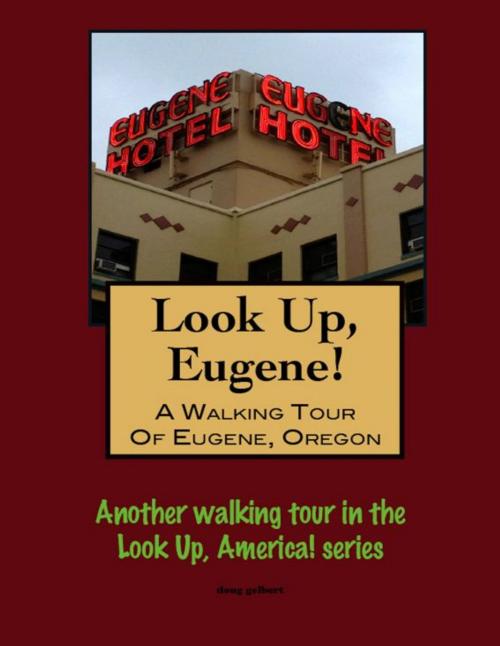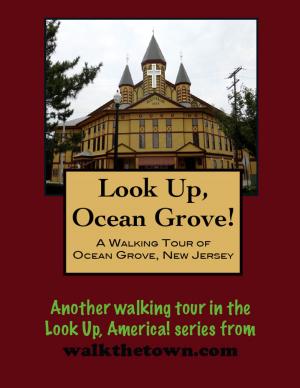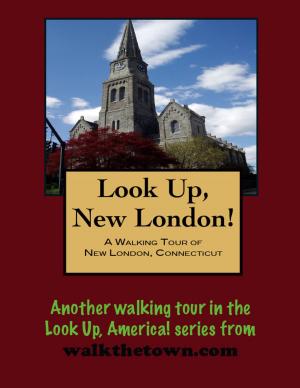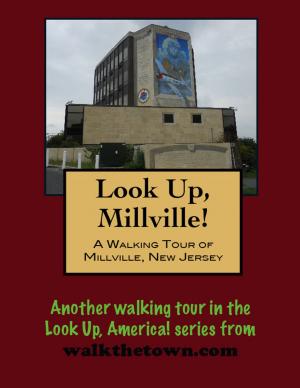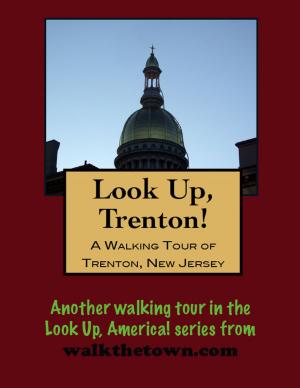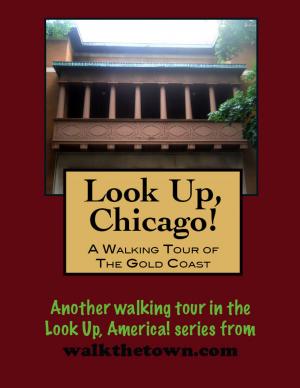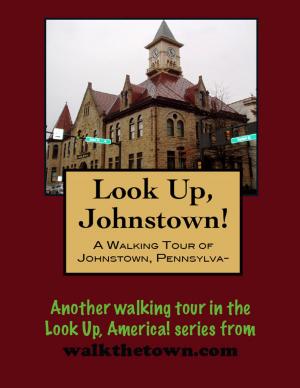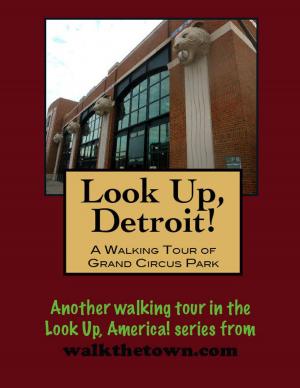| Author: | Doug Gelbert | ISBN: | 9781301577446 |
| Publisher: | Doug Gelbert | Publication: | November 9, 2012 |
| Imprint: | Smashwords Edition | Language: | English |
| Author: | Doug Gelbert |
| ISBN: | 9781301577446 |
| Publisher: | Doug Gelbert |
| Publication: | November 9, 2012 |
| Imprint: | Smashwords Edition |
| Language: | English |
There is no better way to see America than on foot. And there is no better way to appreciate what you are looking at than with a walking tour. Whether you are preparing for a road trip or just out to look at your own town in a new way, a downloadable walking tour is ready to explore when you are.
Each walking tour describes historical and architectural landmarks and provides pictures to help out when those pesky street addresses are missing. Every tour also includes a quick primer on identifying architectural styles seen on American streets.
Until a 36-year old former county sheriff from Illinois named Eugene Franklin Skinner built a cabin on a hill west of the Willamette River in 1846 the only people to live here were the Kalapuya Indians. Skinner’s claim of 640 acres wasn’t prime farming land but it did include a ferry crossing and suitable land to establish a townsite. So Skinner set about starting a ferry service and platting land for building sites. He was the first mayor, the postmaster and when the Oregon Territorial government established Lane County, the settlement was named for Skinner and made the county seat. Eugene City was incorporated in 1862, two years before the founder passed away after the lingering ill effects of attempting to save cattle during a flood.
The 1870s saw the arrival of the railroads and the beginnings of the University of Oregon. Wheat had been the first cash crop in the Willamette Valley but it was soon joined by fruit orchards and lumbering as the population grew steadily and the boundaries of the city expanded. Eugene became a city of homes with long avenues of shade tree-bordered thoroughfares. Still, by the 1930s the population was less than 20,000.
In the 75 years since Eugene grew to over 150,000 residents, climbing to the status of second city of Oregon. City planners responded with modernization plans that had little use for the structures of the past. Today there is scant evidence of the pioneering days of Eugene but we will seek them out on our walking tour of the town and we’ll start at one of those 100-year old buildings, a place that was the traditional gateway to the town...
There is no better way to see America than on foot. And there is no better way to appreciate what you are looking at than with a walking tour. Whether you are preparing for a road trip or just out to look at your own town in a new way, a downloadable walking tour is ready to explore when you are.
Each walking tour describes historical and architectural landmarks and provides pictures to help out when those pesky street addresses are missing. Every tour also includes a quick primer on identifying architectural styles seen on American streets.
Until a 36-year old former county sheriff from Illinois named Eugene Franklin Skinner built a cabin on a hill west of the Willamette River in 1846 the only people to live here were the Kalapuya Indians. Skinner’s claim of 640 acres wasn’t prime farming land but it did include a ferry crossing and suitable land to establish a townsite. So Skinner set about starting a ferry service and platting land for building sites. He was the first mayor, the postmaster and when the Oregon Territorial government established Lane County, the settlement was named for Skinner and made the county seat. Eugene City was incorporated in 1862, two years before the founder passed away after the lingering ill effects of attempting to save cattle during a flood.
The 1870s saw the arrival of the railroads and the beginnings of the University of Oregon. Wheat had been the first cash crop in the Willamette Valley but it was soon joined by fruit orchards and lumbering as the population grew steadily and the boundaries of the city expanded. Eugene became a city of homes with long avenues of shade tree-bordered thoroughfares. Still, by the 1930s the population was less than 20,000.
In the 75 years since Eugene grew to over 150,000 residents, climbing to the status of second city of Oregon. City planners responded with modernization plans that had little use for the structures of the past. Today there is scant evidence of the pioneering days of Eugene but we will seek them out on our walking tour of the town and we’ll start at one of those 100-year old buildings, a place that was the traditional gateway to the town...
